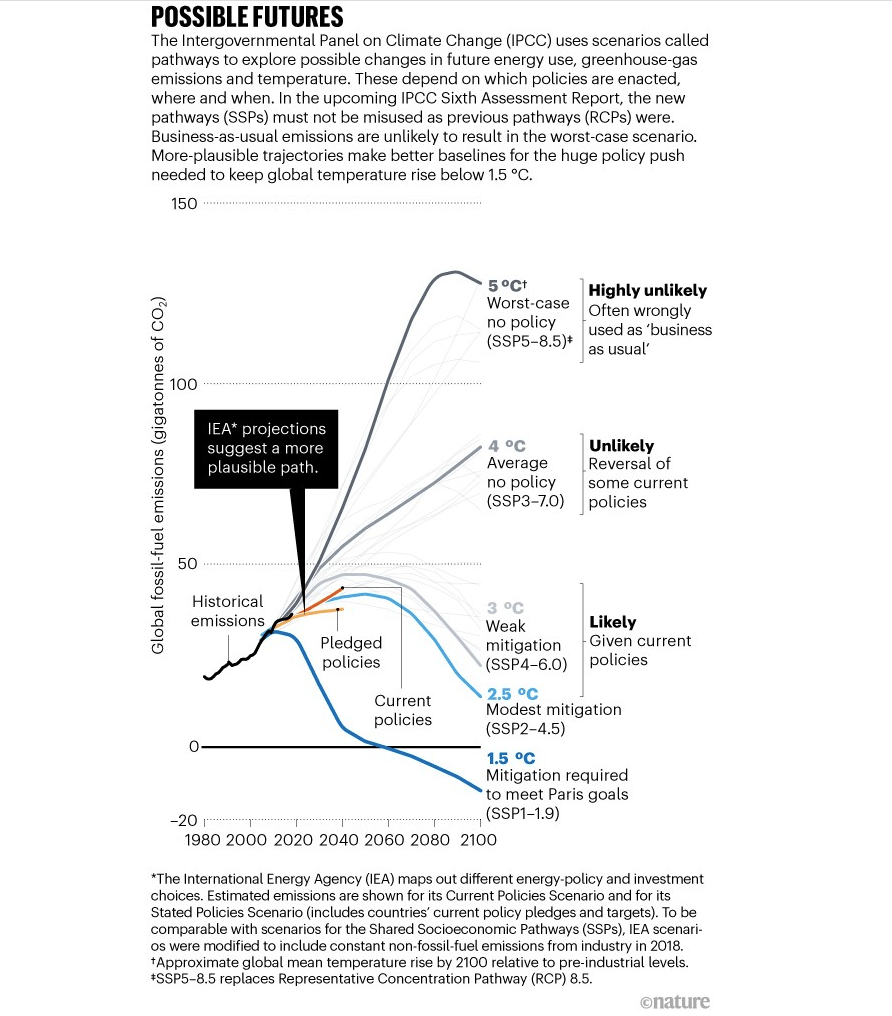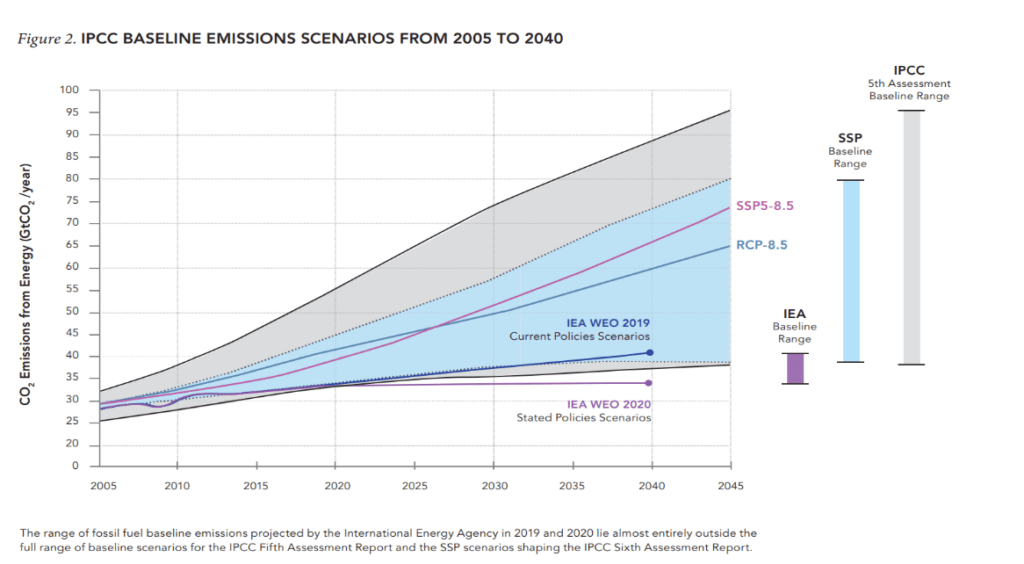Testimony of Marlo Lewis, Ph.D., Senior Fellow in Energy and Environmental Policy, Competitive Enterprise Institute
Senate Budget Committee Hearing “Rising Seas, Rising Costs: Climate Change and the Economic Risks to Coastal Communities”
Chairman Whitehouse, Ranking Member Grassley, and honorable members of this Committee, thank you for the opportunity to present testimony on behalf of the Competitive Enterprise Institute (CEI) on the topic of today’s hearing, “Rising Seas, Rising Costs: Climate Change and the Economic Risks to Coastal Communities.” CEI is a non-profit public policy research organization dedicated to advancing individual liberty and free enterprise with an emphasis on regulatory policy.
My testimony develops three main points. First, we should be skeptical about worst-case sea-level rise projections. Second, emission reduction policies can provide no discernible protection from rising seas. Third, the best defense against damages from sea-level rise is sustained investment in adaptation, which is more likely to occur where governments prioritize economic growth rather than emission reduction.
Reasons for Skepticism about Worst-Case Projections
Implausible Emission Baselines
In February of last year, the National Oceanic and Atmospheric Administration (NOAA) published a major report on sea-level rise.[1] The report was a media splash. Headlines in the Washington Post, New York Times, and NBC News all had the same message point—sea levels along U.S. coastlines will rise one foot by 2050.[2]
If we examine NOAA’s report, however, we immediately find reasons for skepticism. One foot of sea-level rise by 2050—or, as in NOAA’s chart, 0.31 meters (i.e., 31 centimeters)—is the high end of a projected range of sea-level rise in SSP5-8.5, the IPCC Sixth Assessment Report’s high-end emissions scenario. The scenario’s mid-range projection for 2050 is 25 centimeters.
For those unfamiliar with this jargon, SSP stands for socioeconomic pathway. The number 8.5 stands for 8.5 watts per square meter—the radiative forcing (warming pressure) exerted by the projected rise in atmospheric carbon dioxide concentration by the year 2100.

Like its counterpart scenario RCP8.5 in the IPCC’s Fifth Assessment Report, SSP5-8.5 is a worst-case scenario. Both are implausible. As shown in this chart by Zeke Hausfather of the Breakthrough Institute and Glenn Peters of the CICERO Center for International Climate Research, midcentury carbon dioxide emissions in SSP5-8.5 are more than double those projected by the International Energy Agency (IEA) in its baseline emission scenarios (“current policies” and “pledged policies”).

Source: Hausfather and Peters (2020)[i]
The next chart is by University of Colorado professor Roger Pielke, Jr. and University of British Columbia professor Glenn Peters. It shows that the potential range of emissions in SSP5-8.5 and RCP8.5 lie almost entirely outside the range of the IEA’s emission baselines.

View Full Document as PDF: